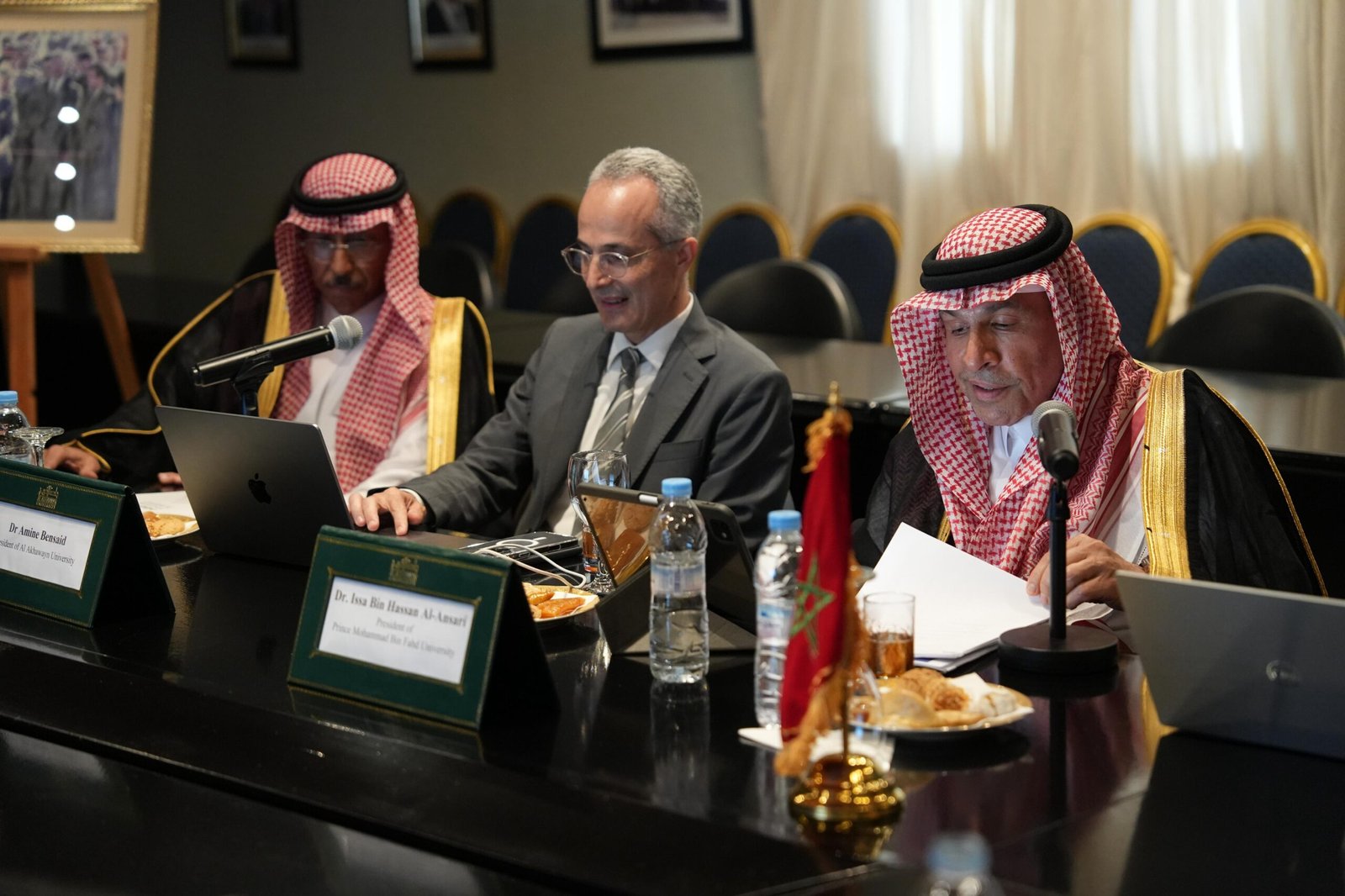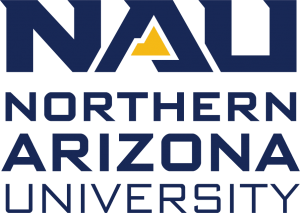AI Research
Jus Mundi launches legal research agent Jus AI 2

International law and arbitration research platform Jus Mundi today (10 September) announced the launch of Jus AI 2, its second generation arbitration agent.
Jus Mundi was founded in 2019 and is used by leading firms including Freshfields, A&O Shearman, White & Case, Quinn Emanuel, Three Crowns, Wong Partnership, and Al Tamimi.
One year after launching Jus AI – its AI assistant built for legal & arbitration professionals, we’re told that Jus AI 2 now combines agentic reasoning with deterministic search control.
Jus Mundi says that the solution’s new AI planning agent creates a multi-step research plan tailored to each query. It then analyses up to 75,000 documents per minute, identifying the most relevant legislations, precedents, and publications from all over the world. Finally, it delivers a structured, actionable answer, with transparent reasoning and specific source documents.
“While AI is probabilistic by nature, arbitration professionals need certainty when million-dollar disputes hang on procedural nuances,” said Jean-Rémi de Maistre, CEO and Co-Founder of Jus Mundi. “Jus AI 2 eliminates the compromise between speed and control. For the first time, practitioners can leverage agentic AI reasoning while maintaining complete oversight of their research sources.”
Jus AI 2 is said to achieve a 125% increase in retrieval relevancy compared to traditional legal research tools.
Jus AI 2 draws from Jus Mundi’s database spanning awards, treaties, rules, exclusive data from partnerships with leading arbitral institutions and associations, including IBA, ICC, AAA-ICDR, DIAC, HKIAC, and CAM-CCBC, as well as secondary sources from leading publishers like Oxford University Press, JURIS, and Brill.
“This breakthrough goes beyond arbitration,” said de Maistre. “We’ve proven that Agentic AI-powered legal research can meet the quality standards legal professionals actually need. What started as arbitration intelligence is now the foundation for legal intelligence across every practice area.”
Jus Mundi will demonstrate Jus AI 2’s capabilities during a live webinar on September 11, 2025, at 4pm CET / 10am ET. To join the webinar, register here.
Make sure you give us any feedback on the new functionality.
AI Research
AUI, PMU Sign Agreement to Establish AI Research Chair in Morocco

Rabat — Al Akhawayn University in Ifrane (AUI) and Prince Mohammed Bin Fahd University (PMU) announced an agreement establishing the Prince Mohammed Bin Fahd bin Abdulaziz Chair for Artificial Intelligence Applications.
A statement from AUI said Amine Bensaid, President of AUI, signed the agreement with his PMU counterpart Issa Al Ansari.
The Chair, established within AUI, will conduct applied research in AI to develop solutions that address societal needs and promote innovation to support Moroccan talents in their fields.
The agreement reflects a shared commitment to strengthen cooperation between the two institutions, with a focus on AI to contribute to the socio-economic development of both Morocco and Saudi Arabia, the statement added.
The initiative also seeks to help Morocco and Saudi Arabia boost their national priorities through AI as a key tool in advancing academic excellence.
Bensaid commented on the agreement, saying that the partnership will strengthen Al Akhawayn’s mission to “combine academic excellence with technological innovation.”
It will also help to master students’ skills in AI in order to serve humanity and protect citizens from risk.
“By hosting this initiative, we also affirm the role of Al Akhawayn and Morocco as pioneering actors in this field in Africa and in the region.”
For his part, Al Ansari also expressed satisfaction with the new agreement, stating that the pact is in line with PU’s efforts to serve Saudi Arabia’s Vision 2030.
This vision “places artificial intelligence at the heart of economic and social transformation,” he affirmed.
He also expressed his university’s commitment to working with Al Akhawayn University to help address tomorrow’s challenges and train the new generation of talents that are capable of shaping the future.
Al Akhawayn has been reiterating its commitment to continue to cooperate with other institutions in order to boost research as well as ethical AI use.
In April, AUI signed an agreement with the American University of Sharjah to promote collaboration in research and teaching, as well as to empower Moroccan and Emirati students and citizens to engage with AI tools while staying rooted in their cultural identity.
This is in line with Morocco’s ambition to enhance AI use in its own education sector.
In January, Secretary General of Education Younes Shimi outlined Morocco’s ambition and advocacy for integrating AI into education.
He also called for making this technology effective, adaptable, and accessible for the specific needs of Moroccans and for the rest of the Arab world.
AI Research
How NAU professors are using AI in their research – The NAU Review

Generative AI is in classrooms already. Can educators use this tool to enhance learning among their students instead of undercutting assignments?
Yes, said Priyanka Parekh, an assistant research professor in the Center for STEM Teaching and Learning at NAU. With a grant from NAU’s Transformation through Artificial Intelligence in Learning (TRAIL) program, Parekh is investigating how undergraduate students use GenAI as learning partners—building on what they learn in the classroom to maximize their understanding of STEM topics. It’s an important question as students make increasing use of these tools with or without their professors’ knowledge.
“As GenAI becomes an integral part of everyday life, this project contributes to building critical AI literacy skills that enable individuals to question, critique and ethically utilize AI tools in and beyond the school setting,” Parekh said.
That is the foundation of the TRAIL program, which is in its second year of offering grants to professors to explore how to use GenAI in their work. Fourteen professors received grants to implement GenAI in their classrooms this year. Now in its second year, the Office of the Provost partnered with the Office of the Vice President for Research to offer grants to professors in five different colleges to study the use of GenAI tools in research.
The recipients are:
- Chris Johnson, School of Communication, Integrating AI-Enhanced Creative Workflows into Art, Design, Visual Communication, and Animation Education
- Priyanka Parekh, Center for Science Teaching and Learning, Understanding Learner Interactions with Generative AI as Distributed Cognition
- Marco Gerosa, School of Informatics, Computing, and Cyber Systems, To what extent can AI replace human subjects in software engineering research?
- Emily Schneider, Criminology and Criminal Justice, Israeli-Palestinian Peacebuilding through Artificial Intelligence
- Delaney La Rosa, College of Nursing, Enhancing Research Proficiency in Higher Education: Analyzing the Impact of Afforai on Student Literature Review and Information Synthesis
Exploring how GenAI shapes students as learners
Parekh’s goals in her research are to understand how students engage with GenAI in real academic tasks and what this learning process looks like; to advance AI literacy, particularly among first-generation, rural and underrepresented learners; help faculty become more comfortable with AI; and provide evidence-based recommendations for integrating GenAI equitably in STEM education.
It’s a big ask, but she’s excited to see how the study shakes out and how students interact with the tools in an educational improvement. She anticipates her study will have broader applications as well; employees in industries like healthcare, engineering and finance are using AI, and her work may help implement more equitable GenAI use across a variety of industries.
“Understanding how learners interact with GenAI to solve problems, revise ideas or evaluate information can inform AI-enhanced workplace training, job simulations and continuing education,” she said.
Using AI as a collaborator, not a shortcut
Johnson, a professor of visual communication in the School of Communication, isn’t looking for AI to create art, but he thinks it can be an important tool in the creation process—one that helps human creators create even better art. His project will include:
- Building a set of classroom-ready workflows that combine different industry tools like After Effects, Procreate Dreams and Blender with AI assistants for tasks such as storyboarding, ideation, cleanup, accessibility support
- Running guided stories to compare baseline pipelines to AI-assisted pipelines, looking at time saved and quality
- Creating open teaching modules that other instructors can adopt
In addition to creating usable, adaptable curriculum that teaches students to use AI to enhance their workflow—without replacing their work—and to improve accessibility standards, Johnson said this study will produce clear before and after case studies that show where AI can help and where it can’t.
“AI is changing creative industries, but the real skill isn’t pressing a button—it’s knowing how to direct, critique and refine AI as a collaborator,” Johnson said. “That’s what we’re teaching our students: how to keep authorship, ethics and creativity at the center.”
Johnson’s work also will take on the ethics of training and provenance that are a constant part of the conversation around using AI in art creation. His study will emphasize tools that respect artists’ rights and steer clear of imitating the styles of living artists without consent. He also will emphasize to students where AI fits into the work; it’s second in the process after they’ve initially created their work. It offers feedback; it doesn’t create the work.
Top photo: This is an image produced by ChatGPT illustrating Parekh’s research. I started with the prompt: “Can you make an image that has picture quality that shows a student with a reflection journal or interface showing their GenAI interaction and metacognitive responses (e.g., “Did this response help me?”)? It took a few rounds of changing the prompt, including telling AI twice to not put three hands into the image, to get to an image that reflects Parekh’s research and adheres to The NAU Review’s standards.
Heidi Toth | NAU Communications
(928) 523-8737 | heidi.toth@nau.edu
AI Research
Cruz unveils new AI framework as blueprint for future legislation

Ensuring American artificial intelligence tools become the global operating standard is the central mission of Texas Republican Sen. Ted Cruz’s new AI Legislative Framework, released on Wednesday alongside his long-awaited SANDBOX ACT.
The AI sandbox bill, which would create a federal AI testing setup within the White House’s Office of Science and Technology Policy, serves as part of the first pillar of Cruz’s new strategy that proposes a broad plan for Congressional legislative priorities surrounding AI.
The strategy is centered around five pillars: unleashing American innovation and long-term growth; protecting free speech in the AI age; preventing a patchwork of burdensome AI regulation; stopping nefarious use of AI against Americans; and defending human value and dignity.
“While this list is not exhaustive, it provides a starting point for discussion with both my colleagues and the administration on legislation that ensures the United States wins the AI race and benefits from this transformative technology,” Cruz said during a Wednesday Senate Commerce hearing.
Within each of these pillars, the strategy also lays out specific action items, such as creating the federal AI regulatory sandbox, protecting Americans against digital scams and fraud, reinvigorating bioethical considerations in federal policy and clarifying federal standards to prevent burdensome state AI regulations. Together, these inform the light-touch AI regulation that Cruz and the Trump administration have supported across the federal policy landscape and seeks to keep industry partners at the center of major regulatory decisions.
Cruz’s SANDBOX Act aims to exemplify that approach, offering exemption waivers for participating AI softwares from existing rules and restrictions that could impede the work done in the sandbox.
Cruz noted that Congress would be tasked with collecting regular reports on how often these rules and restrictions were modified to better understand the future policy needs of American AI operators.
“The SANDBOX Act is the first step,” Cruz said in the press release. “It embraces our nation’s entrepreneurial spirit and gives AI developers the room to create while still mitigating any health or consumer risks. The AI framework and SANDBOX Act ensure AI is defined by American values of defending human dignity, protecting free speech, and encouraging innovation.”
-

 Business2 weeks ago
Business2 weeks agoThe Guardian view on Trump and the Fed: independence is no substitute for accountability | Editorial
-
Tools & Platforms4 weeks ago
Building Trust in Military AI Starts with Opening the Black Box – War on the Rocks
-

 Ethics & Policy1 month ago
Ethics & Policy1 month agoSDAIA Supports Saudi Arabia’s Leadership in Shaping Global AI Ethics, Policy, and Research – وكالة الأنباء السعودية
-

 Events & Conferences4 months ago
Events & Conferences4 months agoJourney to 1000 models: Scaling Instagram’s recommendation system
-

 Jobs & Careers2 months ago
Jobs & Careers2 months agoMumbai-based Perplexity Alternative Has 60k+ Users Without Funding
-

 Podcasts & Talks2 months ago
Podcasts & Talks2 months agoHappy 4th of July! 🎆 Made with Veo 3 in Gemini
-

 Education2 months ago
Education2 months agoMacron says UK and France have duty to tackle illegal migration ‘with humanity, solidarity and firmness’ – UK politics live | Politics
-

 Education2 months ago
Education2 months agoVEX Robotics launches AI-powered classroom robotics system
-

 Funding & Business2 months ago
Funding & Business2 months agoKayak and Expedia race to build AI travel agents that turn social posts into itineraries
-

 Podcasts & Talks2 months ago
Podcasts & Talks2 months agoOpenAI 🤝 @teamganassi


